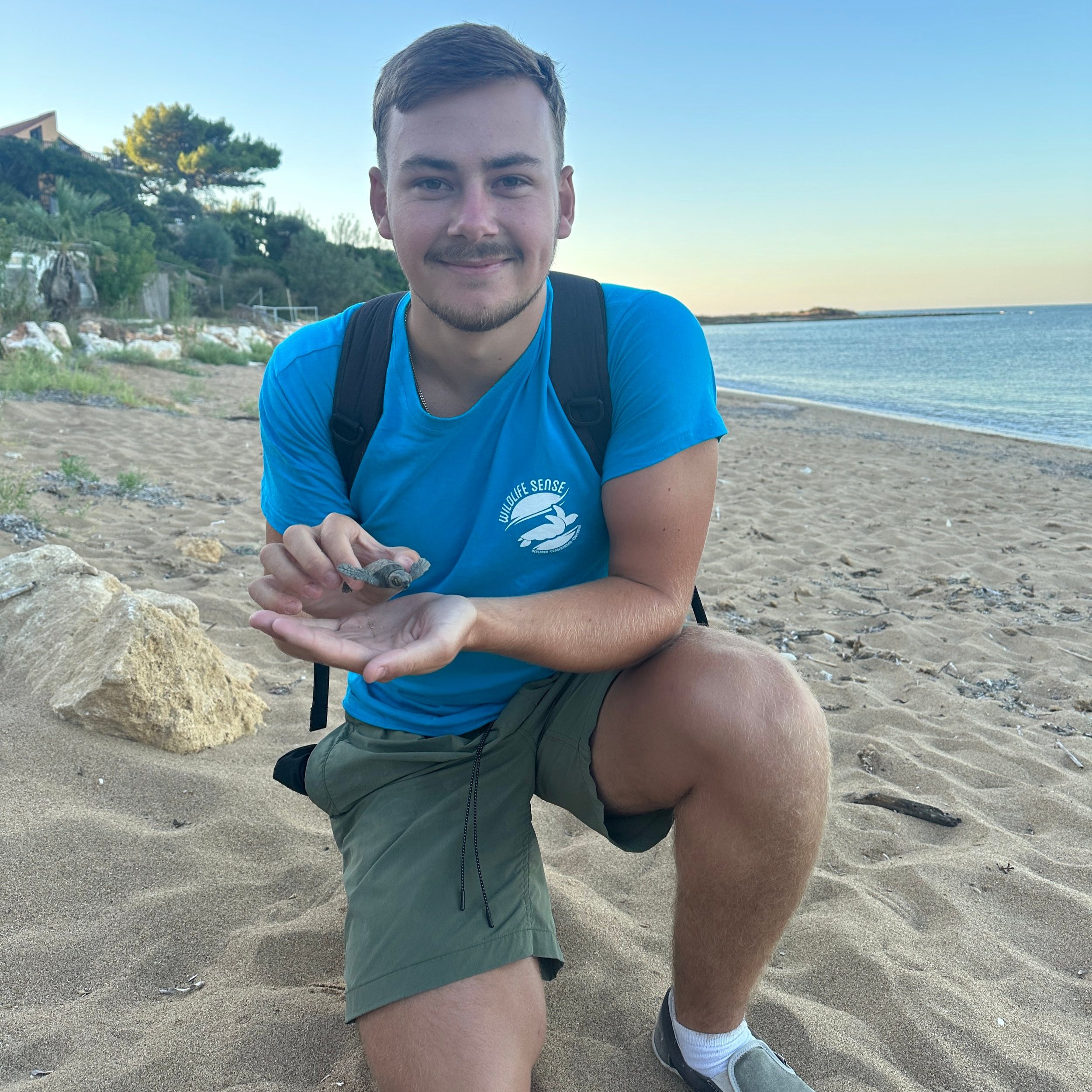A Day In The Life Of A Wildlife Sense Volunteer
I think what I loved most about my time with Wildlife Sense was my days varied greatly, no two days were the same. One day you could be snorkelling with turtles, the next with rays, you will be surprised. However, the days were also structured really well with set shifts and breaks. You’d get a chance to work with everyone on the program, so you get to make lots of new friends and make the most of your time on this spectacular island. So to give you an idea of what you’ll get up to, I thought I would write a little bit about some of the shifts you’ll go on.
Morning Shift
In Skala, we’d typically be up around 7am to get ready to leave for the beach at 7:45am. The morning shift would usually be spent on a Posidonia snorkel survey, using GoPros to map the seafloor. Sometimes, it was a shock to the system getting in the water at that time but you definitely felt good & awake about 2 hours later when you are done.
On certain days, other shifts such as beach morning surveys, nesting drone surveys and litter surveys may find you starting closer to 6am, but you’d usually always be done by the late morning.
Lunch Shift
I call this the lunch shift but in reality, it was just the middle of the day, or more appropriately, the hottest part of the day. With this in mind, you’d spend about an hour on data entry, whether that is going through the pictures captured on the morning snorkel survey or entering sand dune data into spreadsheets. The great part of this is that it’s usually pretty quick so you get the middle of the day to do what you’d like, I quite often spent it down by the pool or beach.
Afternoon/Evening Shift
The great thing about Wildlife Sense is they put a huge emphasis on your safety, and plan afternoon shifts so you get back to your accommodation before it gets dark.
The afternoon shifts vary somewhat more than the morning. There were 3 different shifts that we’d do on a rota basis:
Sand Sifting - during this shift we’d be tasked with a specific coordinate on the beach and we’d sift the sand looking for nurdles which are microplastics that are devastating for the environment. The goal of this shift is to find & remove them from the beach.
Sand Dune Habitat Surveys - for those who are into conservation & the practical side of things, this shift is one that you’d love. Each day new coordinates are given for a specific area on the beach to be surveyed. Following a research method, you use quadrats to look for the presence of plants in the sand dunes & identify the species. Sea turtles and sand dunes are intrinsically linked, so by better understanding sand dune habitats, we can help further protect sea turtles.
Litter Survey - this shift is pretty much what it says in the name. You spend a couple hours walking along the beach collecting litter and helping clean up the coastline. This is really important, especially during nesting and hatching season as litter could trap a hatchling or may even spook a female coming up to the beach to lay, so its vital the rubbish is removed.




